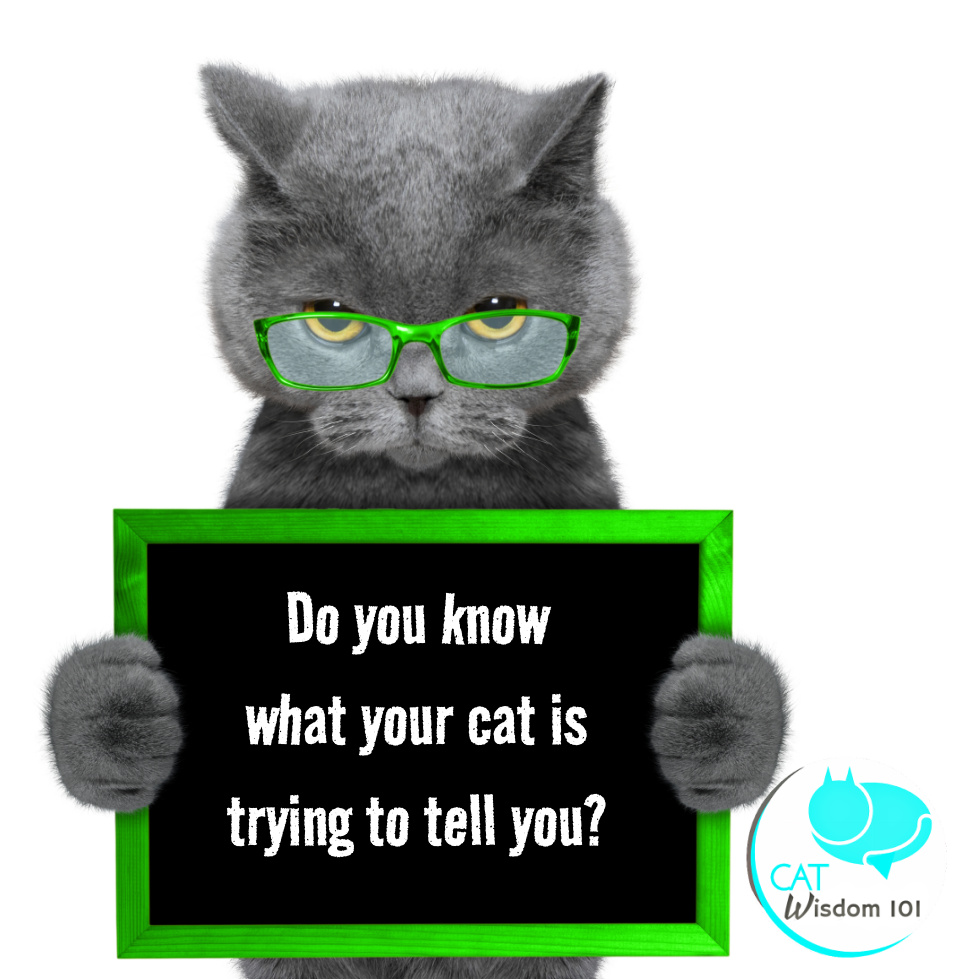
Understanding Cat Behavior: New Study
Whenever a new study about cat behaviour is published I’m thrilled and then disheartened. French researchers conducted a study involving 630 participants. It illuminates an area that has been sorely lacking – how well humans actually understand the communication cues of our feline friends. Sorry, it’s worse than I expected.
Scroll down for a link to the complete study and a video preview of a sweet, new film: A Cat’s Life.
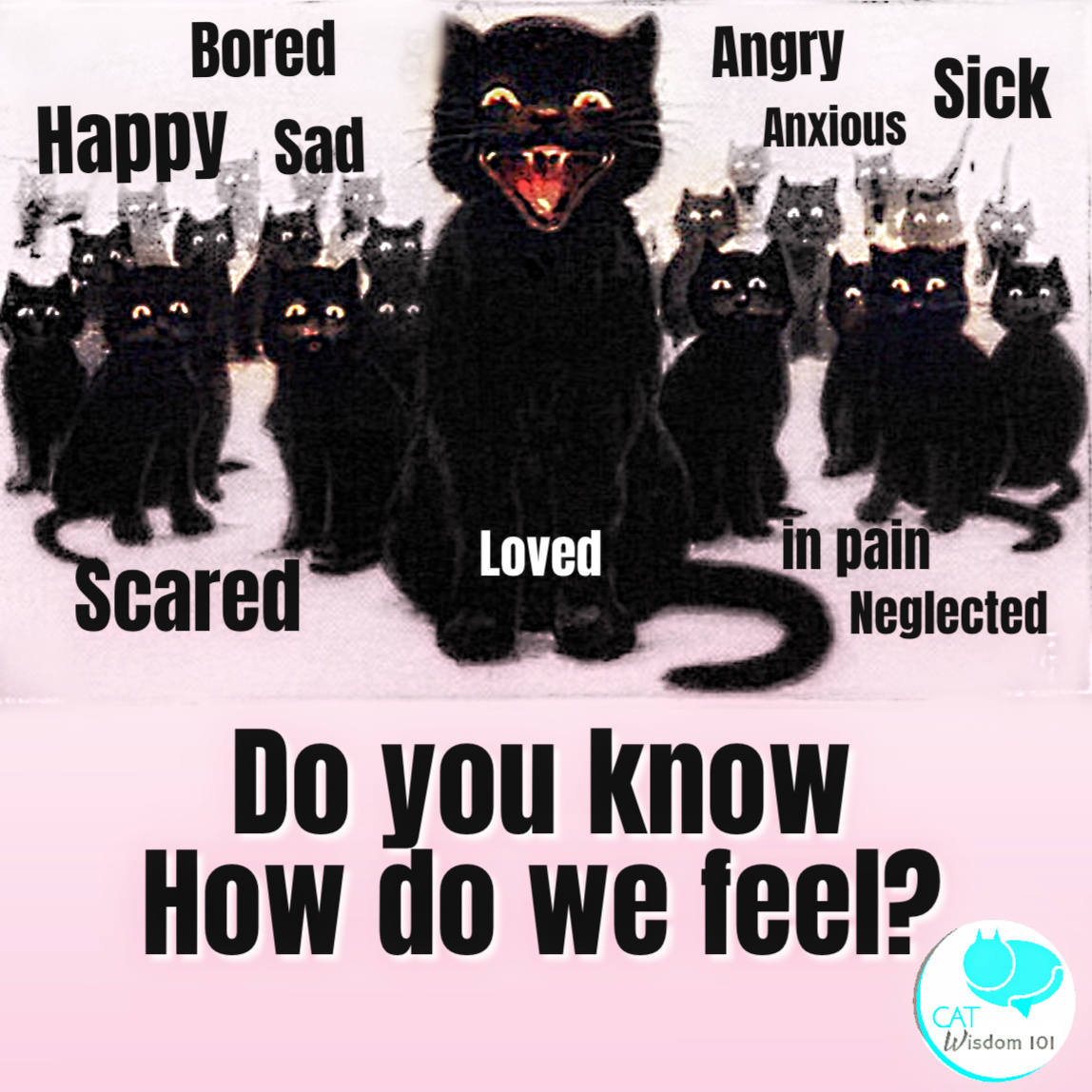
For too long, we’ve assumed we can easily interpret what cats are trying to tell us through their meows, purrs, body language and other signals. But this study reveals some sobering truths about the gaps in human-cat communication.
The researchers showed that we tend to misread cats’ cues indicating negative emotional states like stress, discomfort or threats at an alarming rate of nearly one-third of the time.
In contrast, we’re much better at recognizing when a cat is feeling content and friendly based on their communication signals.
I’d like to add a cultural and historical touch point. It has nothing to do with the study but food for thought. This cute children’s book published in the ’60s probably influenced a generation of kids with information we now know is wrong about cats. In the book, they claim a bowl of milk will make a cat purr happily but most cats are lactose intolerant. On another page, playing with yarn is the Purrfect toy but we know it’s a choking hazard. Yarn kills cats. I wrote that 10 years ago.
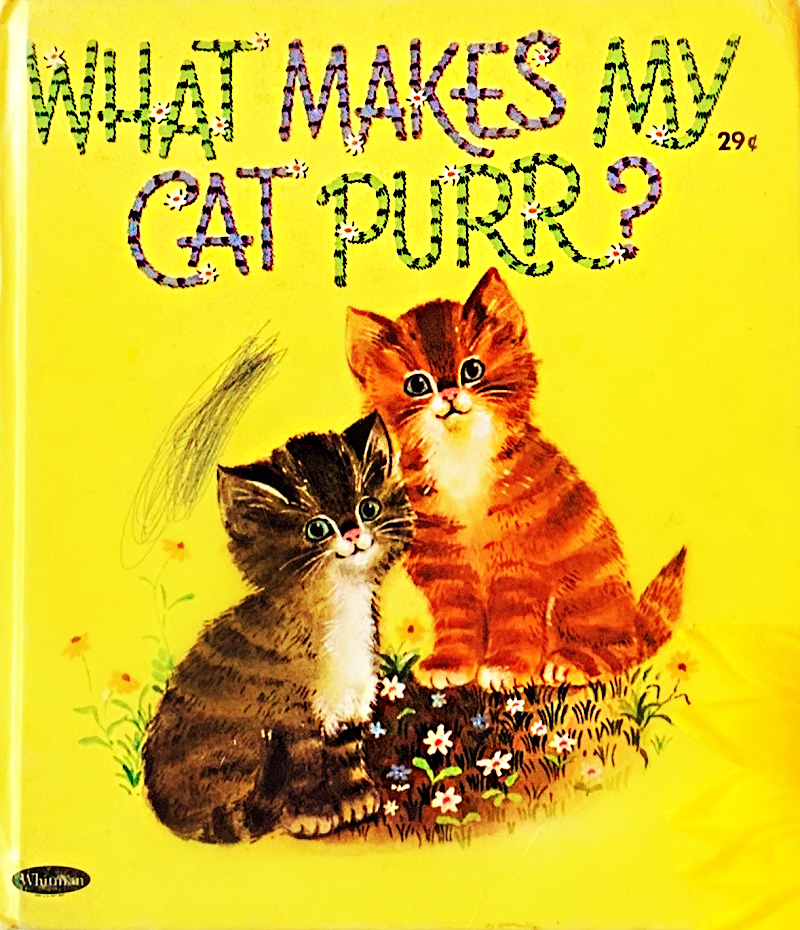
This disparity points to what psychologists call a “positivity bias” – we want to see our beloved pets as happy, so we project those feelings onto them, missing important cues that something is actually amiss.
As the old saying goes, “We tend to see what we want to see.”
Our Biased Perception
We prefer positive interpretations because we want our cats to feel at ease. But sometimes, their needs differ from our assumptions. Denial plays a huge part.
Remember, each cat is unique. Pay attention to their individual quirks. And the next time your cat “speaks,” listen closely—it’s a secret language of whiskers, tail twitches, and purrs! 
 They watched videos of cats exhibiting different behaviors. Here’s what they found:
They watched videos of cats exhibiting different behaviors. Here’s what they found:
- Unhappy Cat Signs: Surprisingly, a third of the participants struggled to recognize signs of an unhappy cat. Cats can be subtle, and their distress may not always be obvious.
- Happy Cat Clues: Most participants correctly identified signs of a content cat. These observant souls noticed the subtle cues.
The Mix of Words and Visuals
In the study, videos showed cats communicating solely through words or visual signals. The third set combined both. Researchers, led by Charlotte de Mouzon from the University of Paris Nanterre, explored this dual communication approach.
- The study highlights how both vocal and visual modalities are important pieces of the communication puzzle with cats. A meow that grows louder over time could indicate building frustration. But combine that with a swishing tail, flattened and crouched body, and the message becomes abundantly clear that the cat is agitated.
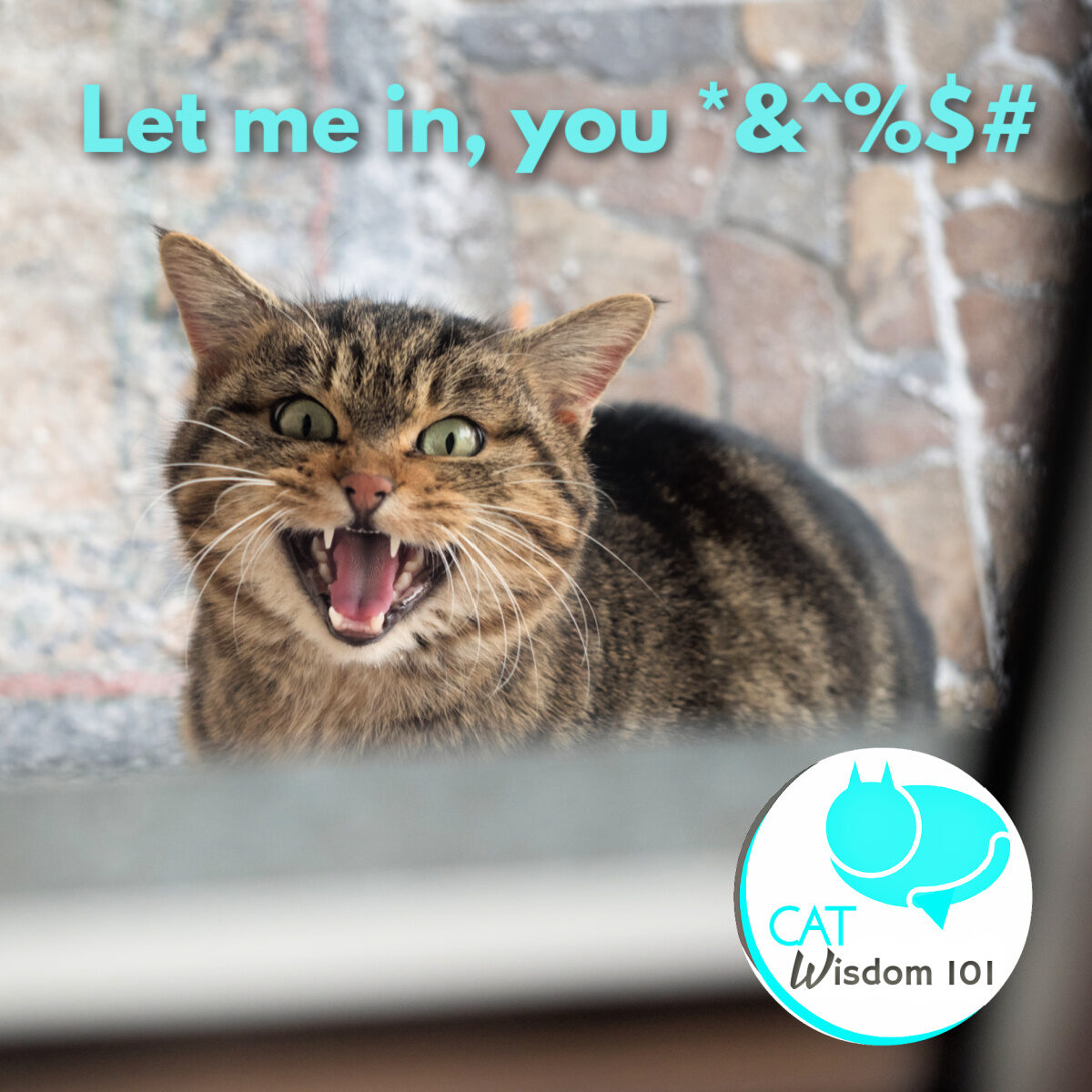
Cracking the Cat Code: Understanding Feline Signals 1 and 2.
The study participants included 630 people: 574 women, 51 men and 5 non-binaries. There were 464 lay people and 166 professional persons working with animals (veterinarians, ethologists, animal behaviourists, veterinary students or students in ethology, professional pet-sitters, etc.).
1. Vocal Expressions: Meows, Purrs, and Hisses
Some supposedly obvious signals like purring turn out to be more complex than we assumed. While purring can indeed signal pleasure and comfort, cats may also “self-soothe” by purring in stressful situations as a way to calm themselves.
Cats express themselves through a symphony of sounds. Here’s what their vocalizations might mean:
- Meows: Cats meow for various reasons. It could be a greeting, a request for attention, or even a complaint. Pay attention to the context and tone of the meow.
- Purring: Ah, the soothing purr! While it often signifies contentment, cats also purr when stressed or in pain. Observe their body language to interpret it correctly.
- Hisses and Growls: These are defensive signals. When a cat hisses or growls, they’re saying, “Back off!” It’s their way of setting boundaries.
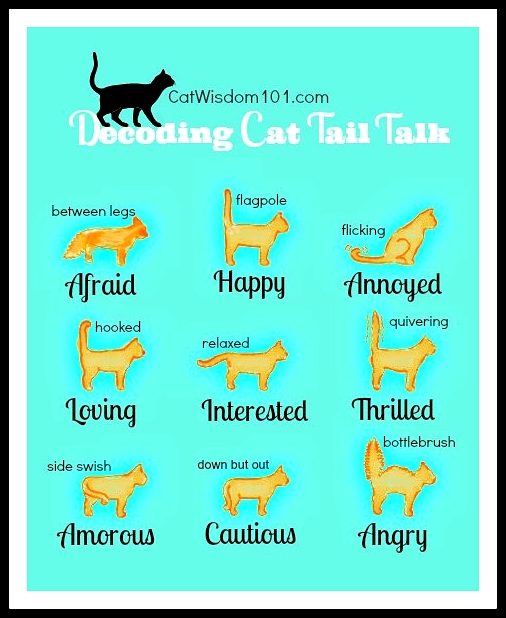
2. Visual Clues: Tail Talk and Ear Language
Visual cues are just as fraught with potential for misinterpretation. Something as simple as a tail wag – which we typically associate with a happy, friendly dog – can actually indicate very different underlying emotional states in cats depending on the precise characteristics and context.
Cats are masters of non-verbal communication. Keep an eye on these visual cues:
- Tail Position: A raised tail indicates confidence and friendliness. A twitching tail might mean excitement or irritation. A tucked tail signals fear or submission.
- Ear Posture: Ears forward? Your cat is curious. Flattened ears? They’re feeling threatened or anxious. Ears slightly back? They’re relaxed.
This research underscores how much more we have to learn when it comes to truly comprehending our cats. But the payoff is immense – improving our cross-species communication abilities can enhance cat welfare, enable better bonding and even open up avenues for cats to serve as therapeutic companions.
We owe it to our feline friends to watch, listen and learn more attentively. I’ve written about this for years but the takeaway is: we have to take action. We need to get off our devices, our distractions and really observe our cats. Our cats have been trying to talk to us, but too often we’ve only been half-listening. By becoming bilingual in the subtle language of meows and tail quivers, we can develop a deeper, richer dialogue with our curious companions.
What Your Cat Is Really Thinking: Intuitive Cat Communication 101
On a happier note: there is a new feature film A Cat’s Life, premiering March 29 and it looks adorable. I’m not sure if it will add or detract from understanding cat behavior given the new data. What do you think?
If interested, you can read the complete abstract on cat behavior. https://www.sciencedirect.com/




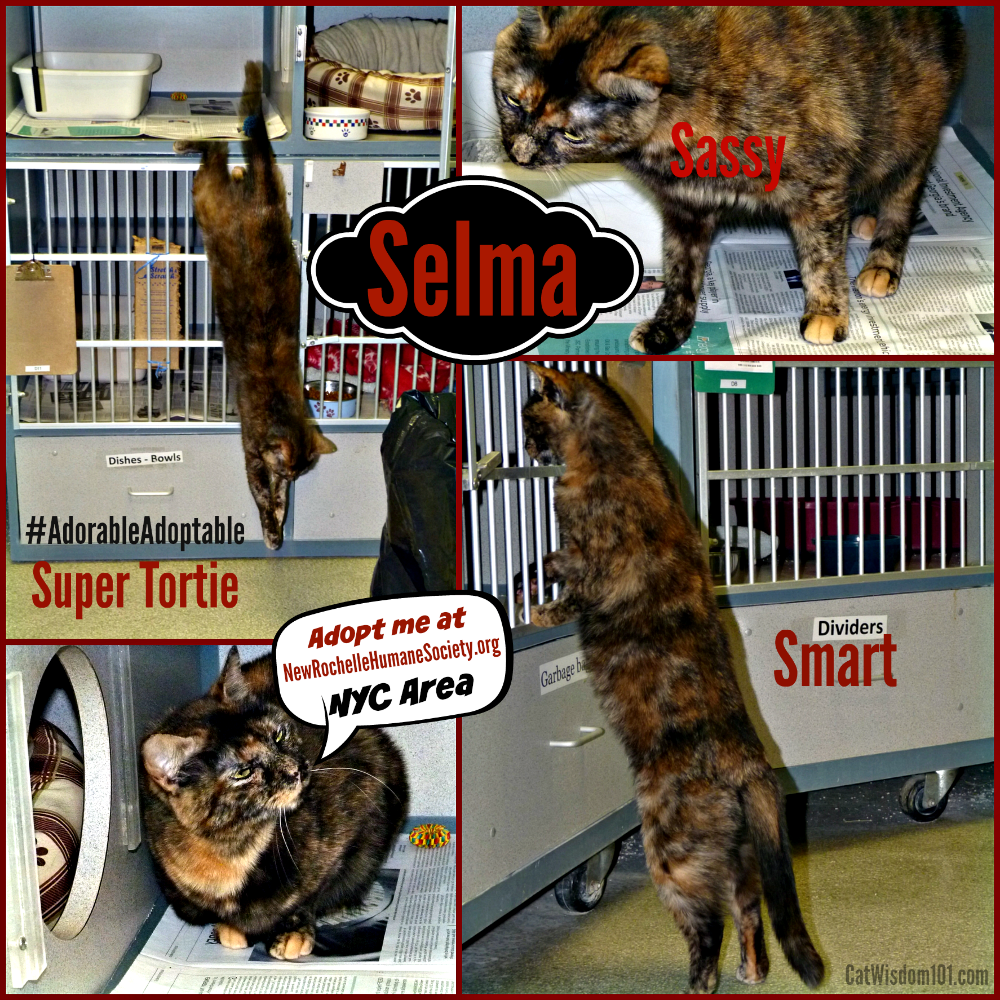
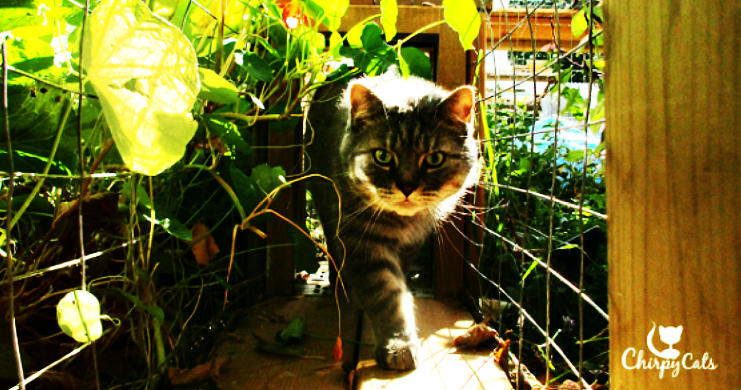
10 Comments
meowmeowmans
We definitely observe the behavior of our cats and the cats we work with when we volunteer at PAWS. It’s so important to meet them where they are at.
That film looks great!
Amy Harlib
Great comprehensive post! I love to observe my cat/s behavior, they are fascinating and beautiful beings.
Looking forward to streaming the film when it becomes available online.
Layla Morgan Wilde
Glad to hear it.
messymimi's meanderings
The more we can learn about our cats behavior, the better for them and for us.
Thank you for linking up with Feline Friday!
Cat and Dog Chat With Caren
is that movie coming to a theatre?? I want to see it! I love this comprehensive list, I think I’m pretty good at knowing what Roary is telling me but I am sure there are areas where I probably need work.
Layla Wilde
Caren, me too! It’s not streaming yet but will be after a limited run in theaters.
Ellen J Pilch
Looks like an interestinjg film.
Layla Wilde
It looks like fun for the whole family, cats included!0
Brian's Home ~ Forever
Those are all good ones and not that there are 8 kitties here we pay even more attention to what they are telling us.
Layla Wilde
It’s never a dull moment at your house!